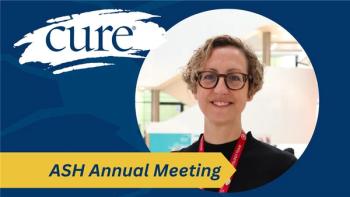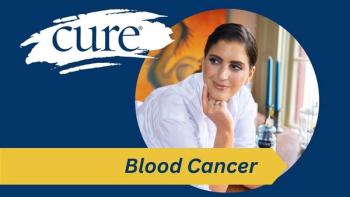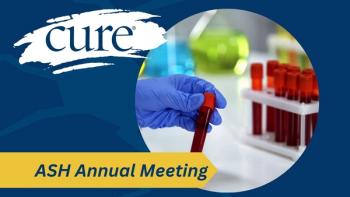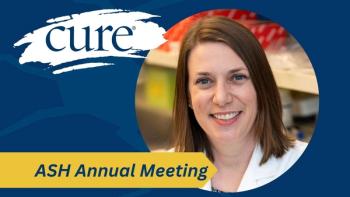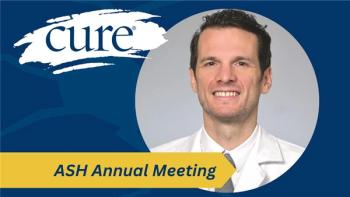
Managing Side Events From Targeted Therapy for CLL
Transcript: Nicole Lamanna, M.D.: Besides the fact that it was very busy and you had a lot of things to do when you were going through treatment, did you experience any significant side effects?
Danise Hoover: Nothing from the drug itself, as far as I could tell. It had virtually no side effects, as far as I could tell. I had lots of trouble with PICC [peripherally inserted central catheter] lines, but....
Nicole Lamanna, M.D.: So access.
Danise Hoover: That was something else entirely. No, it seemed quite benign at the time. You know? Not as toxic as one expects cancer treatment to be.
Nicole Lamanna, M.D.: Good, that’s good to know. It’s good for patients to know.
Danise Hoover: Yes.
Nicole Lamanna, M.D.: And do you think part of that is because they monitored you closely and they flushed it out so things that might have been or could have been a potential problem, were not?
Danise Hoover: I think so.
Nicole Lamanna, M.D.: They were pre-emptive?
Danise Hoover: There were things that were adjusted when I was in the hospital. I had other drugs. There were chemicals in my blood that rose to….
Nicole Lamanna, M.D.: Some of these electrolytes.
Danise Hoover: Funny levels, and I had to take other medications to control them. So that was monitored closely and paid attention to. And it eliminated whatever damage the drug might have caused otherwise. But in terms of side effects, the drug itself never made me sick. It was not a difficult course of treatment.
Nicole Lamanna, M.D.: We hope that most people have the same sort of experience that Danise had. She did well when she took traditional chemoimmunotherapy. She didn’t really have many side effects either. And similarly to venetoclax and rituximab, she obviously did very well. Again, we understand that not everybody is like Danise. Folks do have bumps in the road, and your team is supposed to help you or anticipate some of those bumps.
This is what Danise is referring to, sometimes pre-emptively doing things to protect the patients while they’re on treatment, whether it be a clinical trial or not, to help patients get through some of their side effects. And if they do get a side effect, your team, your physician, your nurse, or your team providers are supposed to help you get through that. If they have to dose reduce or hold therapy or give you things like Danise was referring to, other drugs to mediate for those potential issues, that’s what they’re supposed to do.
So we understand that patients can have side effects from treatment. The team is supposed to help you get through those. We know that treatment is daunting for patients with any disease, and for CLL patients. There are different side effects with different therapies. Hopefully your team and your physician are telling you about potential side effects, but the goal is to try to get you through those if you should have them during any treatment that you get for CLL.
Transcript Edited for Clarity

